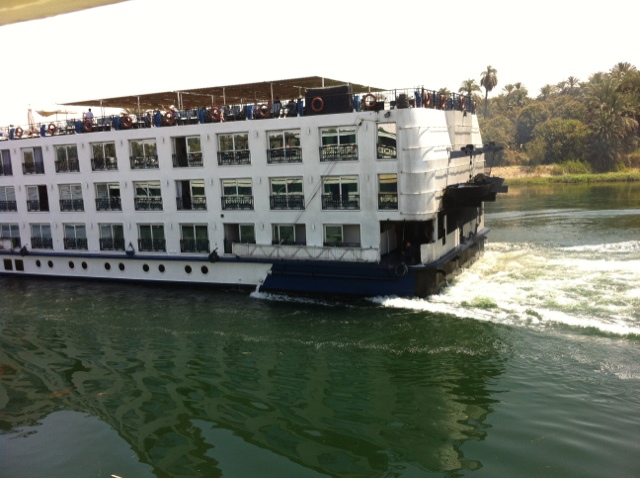Warning: Historical facts ahead … read with interest
“Aswan is one of the most beautiful cities in Egypt and since Pharanoic times it has always been considered the southernmost tip of Egypt proper and where the first cataract and the land of the Nubians begins.
Aswan was the capital of the first Nome of Upper Egypt and is famous for being a spice market and market for all the special products coming from the south such as incense. “
Fun Fact: “The name Aswan comes from the old name Syene which means market in the ancient language. “
We visited the High Dam, the Temple of Philae and concluded with a scenic stroll around Elephantine Island... oddly enough Elephantine Island possessed a few slight similarities with some of the villages I had previously visited in Nigeria (I’ll try to better explain in a separate blog post)
Citation: Dr. Randa Baligh, Egyptologist & my Egyptology professor.















































